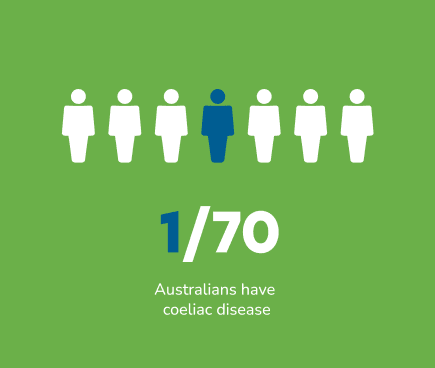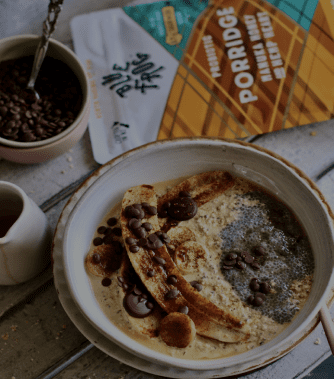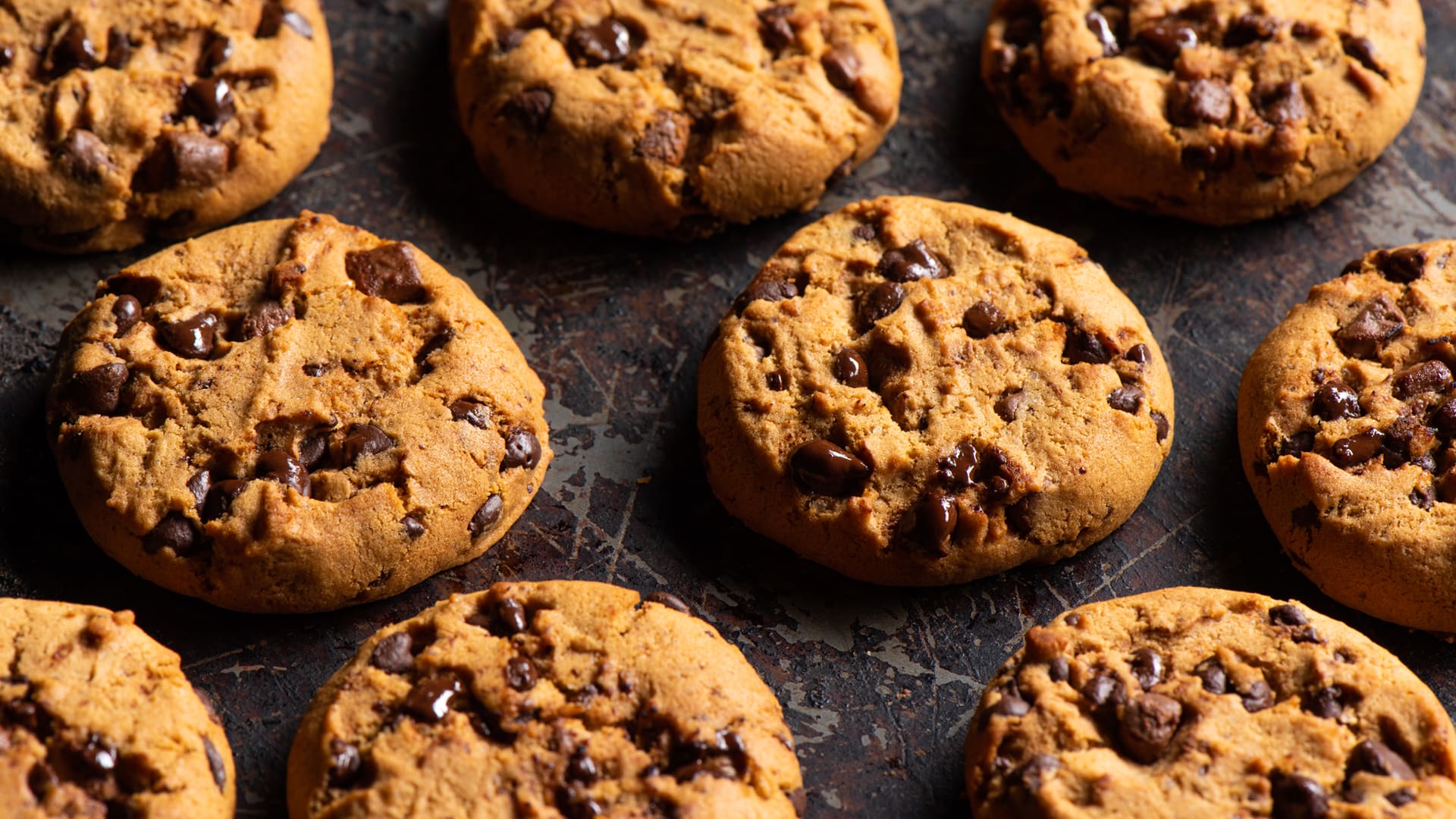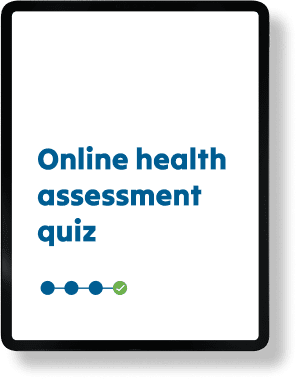



Brochures


Coeliac Disease Brochure


Conditions associated with Coeliac Disease
Step 01
Keep eating gluten
If you avoid or restrict gluten prior to testing for coeliac disease, your test results can be inaccurate.
If you have been avoiding gluten for more than around 6 weeks before testing, you will need to re-introduce gluten to the diet to ensure your test results are reliable and accurate. This is called a ‘gluten challenge’.
Step 02
Blood screening test
A blood test for coeliac disease (also called ‘coeliac serology’) is done to measure the level of certain antibodies (part of our bodies defence system). Your local GP can organise this for you.
The doctor will request either:
Transglutaminase-IgA (tTG-IgA) AND deamidated gliadin peptide-IgG (DGP-IgG) antibody tests
OR
Transglutaminase-IgA (tTG-IgA) antibody test AND the total IgA level
If your coeliac antibody level is above the normal range, this indicates you may have coeliac disease (the results of these blood tests on their own should not be used to diagnose coeliac disease). Do not start a gluten free diet yet, even if your blood test is positive (it is possible to have a positive blood test and not actually have coeliac disease). You need to see a specialist (a gastroenterologist) to confirm the diagnosis.
Step 03
Small bowel biopsy
A diagnosis of coeliac disease is made by a gastroenterologist (a doctor who specialises in the gut).
Your gastroenterologist will perform a gastroscopy (also called an endoscopy) to collect tiny samples (biopsies) of the small bowel. A gastroscopy is a day procedure done under light sedation; while you are sedated, a ‘gastroscope’ (a thin flexible tube) is passed through your mouth and into your small bowel to allow the biopsies to be collected. The biopsies are examined under a microscope to confirm coeliac disease.
This procedure also helps to exclude other diagnoses that may be causing symptoms. Understanding the degree of small bowel damage is helpful for follow-up care.
The lactose content of some dairy products
-
Dairy Food
Lactose Content (g)
-
Regular Milk (250mL)
11.8
-
Cheddar Cheese (40g)
0.0
-
Swiss Cheese (40g)
0.1
-
Parmesan Cheese (40g)
0.0
-
Brie Cheese (40g)
0.1
-
Ricotta Cheese (20g)0.24
0.24
-
Cream Cheese (22g)
0.6
-
Natural Yoghurt (200g)
9.4
-
Ice Cream (50g)
2.8
-
Butter (1 Tablespoon)
0.1
-
Cream (1 Tablespoon)
0.6
Dairy Australia & The Gut Foundation 2005




Card 1
Removing gluten from the diet removes the trigger for.




Card2
Removing gluten from the diet removes the trigger for.




Card 3
Removing gluten from the diet removes the trigger for.
















